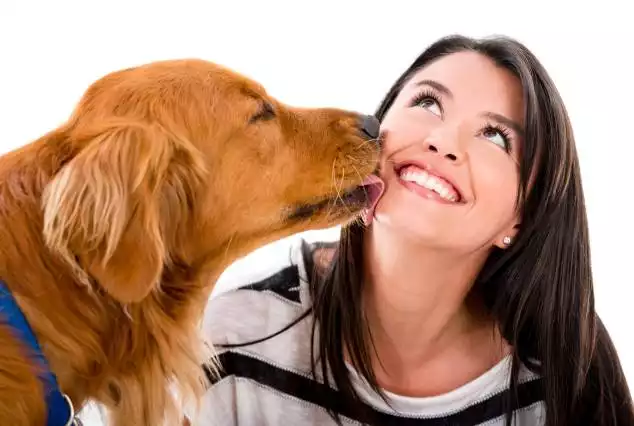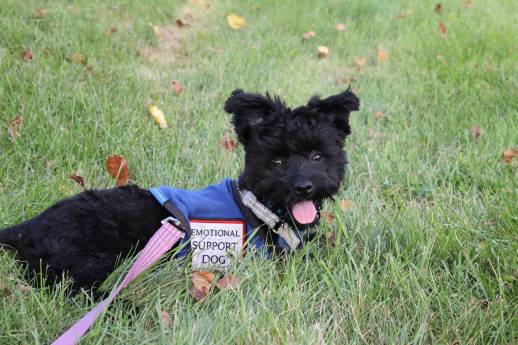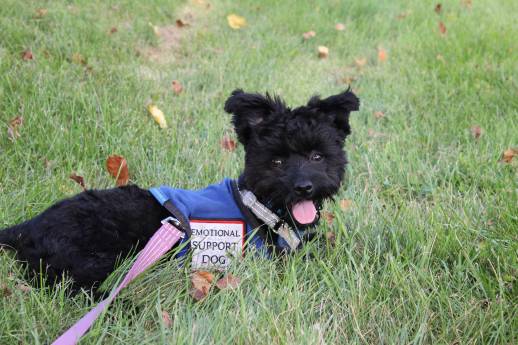Emotional support animals (ESAs) are becoming more and more popular with people seeking to gain access to places they may not be able to otherwise. People with mental illnesses such as depression and anxiety, or who are recovering from medical conditions such as PTSD, are finding that their ESA helps them to function in a more positive manner.
We help people get the proper documentation to make their pet an official Emotional Support Animal. Online approval in minutes - Housing & Travel letters.
For some people, however, their ESA is not just an animal that acts as a calming influence; it is also a furry companion that helps them with tasks like cleaning up after themselves or reminding them of what they need to do at certain times of the day. Some of these tasks can be quite challenging for an individual who is suffering from depression or anxiety.
How Can an ESA Help Someone?
The number one benefit of having an ESA is that it provides the comfort and companionship that someone needs when they are experiencing symptoms of mental disabilities, such as depression. A depressed person often has difficulty sleeping, so having a furry friend there can help them feel better about themselves in the morning when they wake up. If you suffer from depression, an ESA can help you stay calm when you’re having a rough day and keep your spirits up.
Can Bunnies Be Emotional Support Animals?
Bunnies can be emotional support animals. Most people do not realize that emotional support animals aren’t restricted to just dogs. In fact, there are many different types of animals that can be used as emotional support animals. This includes cats, rats, and ferrets. The only rule is that they can actually provide you comfort.
Having a bunny as an ESA can be perfect for someone who suffers from depression or anxiety. They are gentle and cuddly, which can make it easy for a person to open up and talk about their problems. This is important because depression and anxiety often have a way of making someone feel isolated and alone. Furthermore, they’re a great choice if you prefer staying at home, since bunnies do not require to be taken on long walks outside regularly like dogs do.

Review symptoms, medications & behavior to keep your pets healthy with a Vet Online in just minutes.
We help people get the proper documentation to make their pet an official Emotional Support Animal. Online approval in minutes - Housing & Travel letters.
Steps to Getting an Emotional Support Animal Bunny
To get an ESA for yourself, you need to go through the process of getting an ESA letter. In many cases, you will need to prove that your bunny is actually capable of providing comfort and companionship. If you cannot prove that your pet is actually capable of giving you therapeutic benefits, they will likely not be recognized as an ESA.
Getting an ESA letter involves getting screened by a psychologist or psychiatrist who can make a diagnosis of your condition. Essentially, they can be anyone as long as they are a licensed mental health professional (LMHP). The professional will assess if you can actually benefit from owning an emotional support animal before drafting a letter of statement.
An ESA letter is also needed if you are going to be traveling with your pet. This letter will be required if you are going to be traveling with your bunny.

Tom
Tom has always loved to write since he was little - he wanted to be either a writer or a veterinary doctor, but he ended up being a professional writer while most of his works are based on animals. He was born in San Francisco but later moved to Texas to continue his job as a writer. He graduated from the University of San Francisco where he studied biotechnology. He is happily married and a soon to be father!
Review symptoms, medications & behavior to keep your pets healthy with a Vet Online in just minutes.
Ask a Vet Live Now




